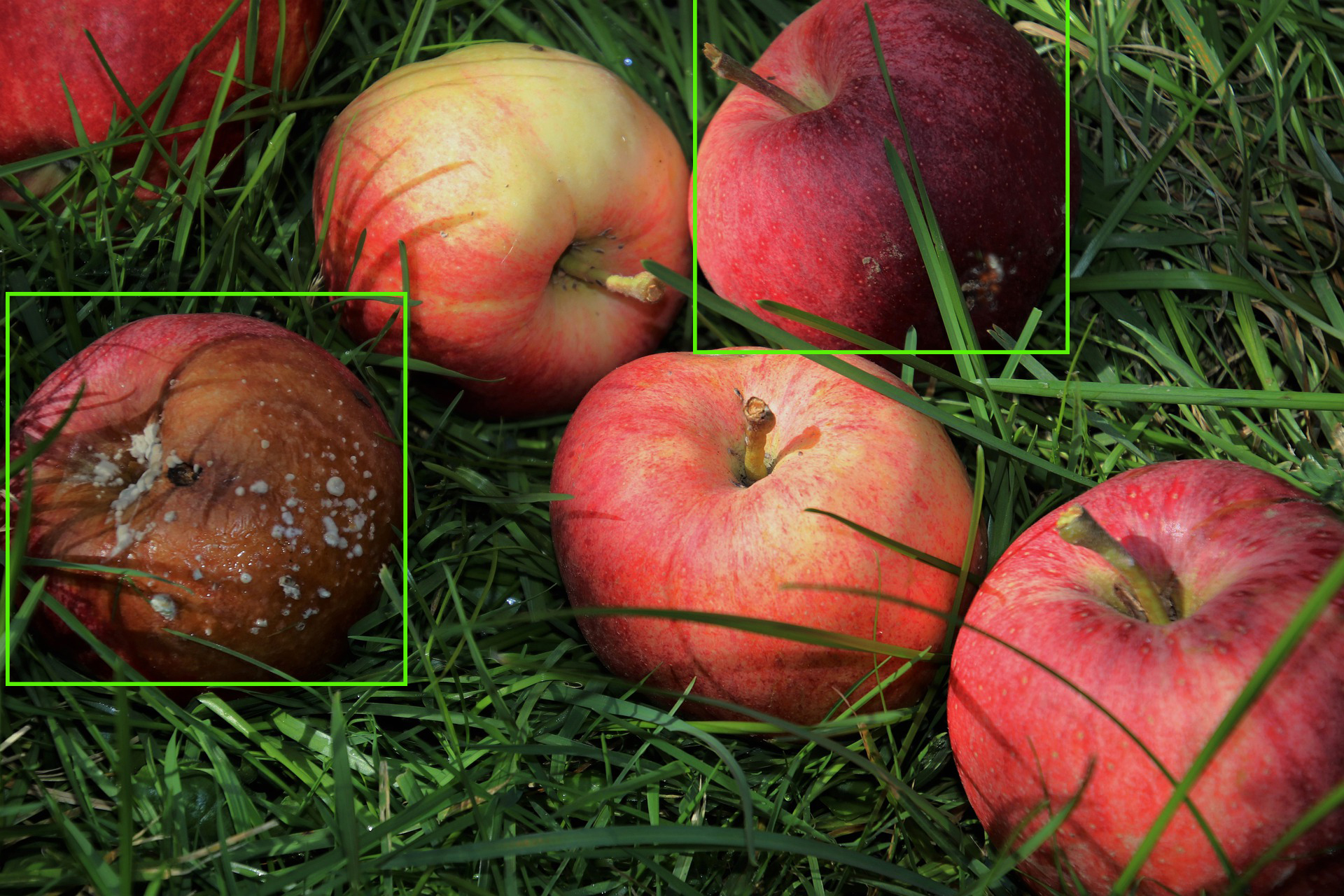The application of artificial intelligence has become the inevitable trend of the fourth industrial revolution in various industries. It has a human-like ability to surpass human reasoning, knowledge, planning, learning, communication, perception, and control of machinery. After accessing the device to allow the computer to obtain “vision,” artificial intelligence will assist you in processing thousands of pictures and videos and get the consultation you need within the fingertips.

The difference of varieties of objects can be classified by the AI in a second. In the meantime, with the automatic mechanical equipment, a pile of different kinds of objects can be classified accordingly. Therefore, the working efficiency can be improved, and the AI can be used in the production department, service department, and so on.
Even with the same type of objects, AI can still find the differences between them and help you select defective products out. And this function can be used in the production line, quality inspection department, medical test, and so on.


AI can automatically extract text messages from images, including bills, cards, license plate identification, etc. Even under extremely difficult conditions such as strong illumination, large side angle and blurring, the key messages of text contents can be accurately identified. And this function can be used in commercial office, paper media, license plate or container number identification, etc.